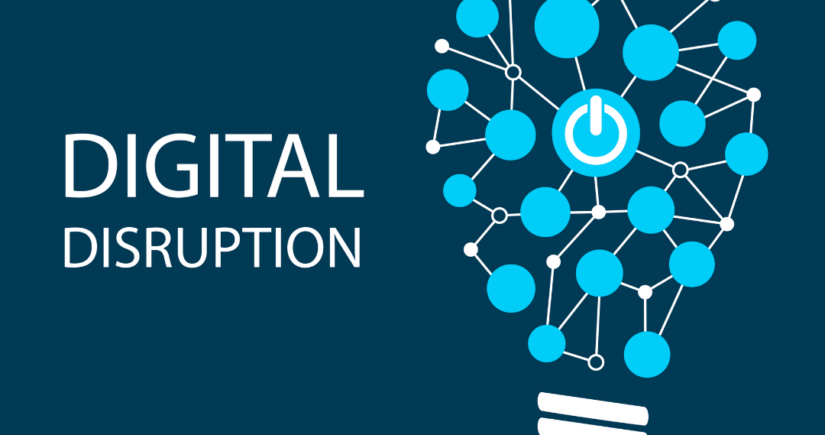A disruptive innovation product or service is one that disrupts an existing market and eventually displaces established products and market leaders. However, an innovative product or service can be revolutionary without necessarily being disruptive. Entrepreneurs and other market outsiders are more likely to produce disruptive innovations than current market leaders because they aren’t sufficiently profitable when first developed. Contact centers will need to adopt the latest disruptive technologies if they wish to remain competitive.
Disruptive technologies are changing the ways in which contact centers communicate with their customers. Furthermore, they’ll shortly become business requirements, rather than capabilities that merely help contact centers distinguish themselves from their competitors. Aceyus technology provides a number of solutions that can assist contact centers in capitalizing on these trends. Our solutions leverage new technologies to facilitate the journey of call centers in their mission towards becoming true omnichannel platforms.
Aceyus Solutions
Aceyus technology assists contact centers with leveraging disruptive technologies such as artificial intelligence (AI), big data and cloud computing. These technologies help track customer contacts and provide actionable insights into customer data.
For example, Aceyus Director and Aceyus Integration Manager (AIM) help manage customer experiences in real time, thus optimizing the distribution of that information throughout the contact center. Aceyus Director allows authenticated users to modify routing and IVR rules without allowing access to critical infrastructure. AIM facilitates communication between data sources such as routing domains and computer telephony integration (CTI) platforms, which is essential for making routing decisions. The dramatic increase in customer data resulting from omnichannel interaction also requires contact centers to use disruptive technologies to obtain useful insights from this data. Aceyus reporting and analytics tools provide users with the actionable data needed to maximize a contact center’s performance.
Innovation Cycle
Classifying a particular innovation as disruptive requires you to first identify what is being disrupted. In the case of technology, the disrupted element is the technology support network (TSN) for existing technology.
For example, the introduction of electric cars on a commercial scale during the late 2000s disrupted the network of gas and service stations for gas-powered cars. Analysts expect electric cars to fully replace gas-powered cars at some point, although this process won’t be completed for many years.
Similarly, omnichannel technologies are disrupting the contact center market due to their ability to communicate on the customer’s terms, regardless of what that medium happens to be. This capability is likely to become the norm in much less time than it will take for electric cars to dominate the automotive market.
Disruptive technology is continually emerging and challenging existing TSNs, resulting in new versions of the core technology. As the new technology becomes more widely adopted, the resulting gains become progressively less until its emphasis shifts from functional to non-functional elements such as appearance and style. Once a new technological equilibrium becomes established, it resists change from the next disruptive technology until this cycle repeats itself.
Benefits of New Technology
Companies must eventually adopt post-disruption technology to remain competitive. For contact centers, the trend towards omnichannel capability is currently one of the greatest technological disruptions. In addition to phone calls, contact centers also need to communicate with customers through an increasing number of additional methods such as chat, social media and Voice over Internet Protocol (VoIP).
A primary advantage of these new paths for customer interaction is the ability to obtain meaningful feedback from customers without the usual hit-and-miss of traditional approaches to solicitation. With an omnichannel strategy, getting feedback is more a matter of knowing how to engage the customer.
Businesses that avoid omnichannel technology altogether will soon find that their customers won’t bother communicating at all. Furthermore, their customers will eventually be won over by competitors that are using chat and maintaining a strong presence on social media. Communicating with a customer through their preferred methods is certainly a critical requirement for an omnichannel strategy, but it’s also essential to make the best use of the currently available technology. However, the rapid proliferation of digital disruption often means that a company needs a partner specializing in the management of contact center technology.
At Aceyus, we understand the unique challenges that contact centers face as digital disruption continues to change how customers wish to be contacted. From our omnichannel solutions to our real-time data dashboards, we have the technology you need to continually make an impact on your customers’ experience with your company.




